The problem of gender equality in tech is a problem for us all
Posted December 10, 2020 Kim Wouters
Despite achieving some gains towards gender diversity within the technology industry, we’re still a long way off to achieving equality in the sector. And with technology becoming increasingly intertwined into our day-to-day lives, it’s become crucial for us to have a tech workforce that truly represents our broader society. If we don’t, the consequences could impact us all.
Females are the minority in tech
Overall, females continue to be under-represented in technology jobs, management positions and academic roles. In a recent Organisation for Economic Co-operation and Development (OECD) report, it discovered males were four times more likely to hold a technology role than females.
In this ever-evolving world, cyber risks are mounting, and organisations have been faced with the following challenges:
With emerging technologies like artificial technology (AI) and machine learning, this compounds the situation further. Not only has it been estimated AI could replace over 180 million women’s jobs across 30 countries, but the people involved in developing this technology are also predominantly male. In a recent International Monetary Fund (IMF) report, it found only 22% of the AI workforce were female.
You only get what you put in
So, in male dominated teams it’s not surprising biases inadvertently reinforce societal stereotypes and gender bias. An example of this is Apple’s Siri and Amazon’s Alexa. Both are characterized as “polite, subservient digital secretaries” and given female personas. This is then compared with IBM’s Watson who is seen as male and assertive with the ability to solve much more complex problems.
Plus, you’re only getting input from one perspective by having homogenized development teams, and there are numerous examples of new tech products not accounting for the female gender. One example is when Amazon launched an AI-powered recruitment technology that automated some of its recruitment process. However, as the system was trained mainly on men’s resumes, it developed a preference for male applicants and penalised those that used the words ‘women’ and ‘women’s’.
On the flip side, we know having more diversity within teams encourages better social and economic outcomes. In a study of 4,277 Spanish companies found companies that had a higher percentage of women in their research and development teams were more likely to introduce radical new innovations.
And this doesn’t just concern gender. By having teams made up of individuals from different backgrounds, there’s more chance to challenge conventional thinking. In another study of 7,615 London-based companies, it found those with a higher degree of diversity within their leadership team were more likely to develop new products compared with companies that had more homogenous leadership.
The bias starts in school
So, it makes business sense to have a diverse workforce. However, it’s not just a case of employing more women to achieve this if the talent pool is small to begin with. Research has shown gender bias starts in school and continues through into our working lives.
The OECD’s research found girls often lacked confidence to pursue highly-paid careers in science and technology, despite achieving school results the same, if not better, than their male peers. In another study, it asked 15-year-olds if they wanted to work within the technology sector with only 0.5% of girls responding yes compared to 5% of boys.
Additionally, in a study conducted by PwC, they found if you were a boy, you were more likely to have this suggested to you as a career than if you were a girl. Plus, they also discovered 78% of students were unable to name a famous female working in the tech industry. Not surprisingly, the lack of female role models further perpetuates the notion of the sector being a male domain.
So, how do we get the gender balance right?
There are hundreds of initiatives currently underway in Australia to increase the number of girls taking up STEM subjects and pursue careers in tech, such as Code Like a Girl and She Codes. Plus, on International Women’s Day, the Australian Government announced it’s ‘Advancing Women in STEM strategy’, which has three key areas: enabling STEM potential through education, supporting women in STEM careers, and making women in STEM visible.
There are also organisations, like FitT, that provide an extensive Learning and Development Program for its members, as well as partnering with companies to help them retain and grow their own female workforce.
Achieving equality in tech will help us to achieve it everywhere
It’s never been more important to achieve gender equality within the tech industry. New technologies like AI brings immense opportunities, but it also has the potential to halt or regress any progress we’ve made so far. Technology advances could reduce female participation in the workforce with many traditional female-orientated roles becoming obsolete.
In addition, it can also reinforce gender stereotypes and biases due to a lack of team diversity in technology development. Yet, if we increase diversity within the sector, we’re more likely to innovate and produce products that take into account all consumers, as well as driving social and economic progress.
Keep reading










